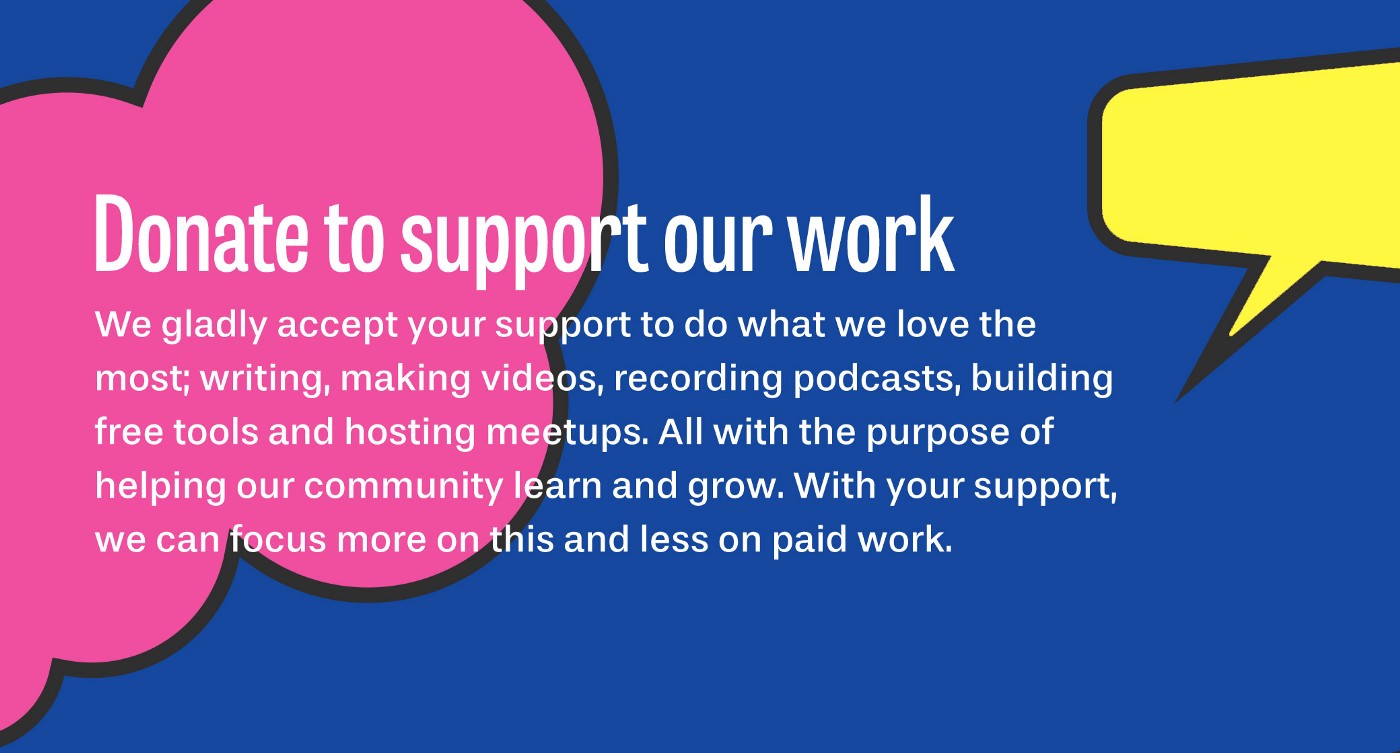Liberating Structures are 33 microstructures that allow you to unleash and involve everyone in a group – from extroverted to introverted and from leaders to followers. In this series of posts, we show how Liberating Structures can be used to spice up your Scrum Events. Move away from the stickies and the whiteboards for a moment, and explore these novel facilitation techniques. If you’d like to experience Liberating Structures first-hand, make sure to join one the ‘immersion workshops’ that are taking place in March 2018.

Ever struggled to come up with a Definition of Done that captured the essential characteristics of a “Done”-increment rather than what everyone hoped it would be? Or define a minimal version of a product (MVP) where stakeholders keep adding features to the list? In this post, we show how to use a Liberating Structure called Min Specs to facilitate this process of first brainstorming the options, and then narrowing down to what is absolutely necessary for achieving a purpose.
Min Specs offers a nice balance between first exploring the entire field of do’s and must-not-do’s, and then narrowing down to what is absolutely essential. It does so in a way that allows everyone to be actively involved, from the extroverted to the introverted members, from leaders to followers.
Uses in Scrum and workshops
We’ve used ‘Min Specs’ in Scrum for the following purposes:
- Have Scrum Teams define a Team Manifest by identifying the values and principles that are essential to the success of the team;
- Have Scrum Teams define their Definition of Done. We begin by exploring all the potential characteristics of a “Done”-increment, and then narrow down to what is essential and possible for the team right now;
- To determine the (initial) Product Backlog for a minimum viable product, together with the Scrum Team and stakeholders;
- To determine the minimal necessary activities to organize a Scrum Kickstart for new teams. We usually do this exercise during our Scrum Master Advanced-course;
During technical workshops to identify activities required to achieve a purpose, e.g. “What is needed to set up our first Microservice?” or “What is needed to start with Continuous Deployment?”;

Steps
- Have people organize in groups of 4 to 7 and provide them with pens, post-its and preferably a surface to write on (like a table);
- Introduce a shared challenge, like ‘What is needed from us to create a “Done” increment?” or “What activities are needed for a successful kickstart of a new Scrum Team?”;
- Ask people to individually write down as many must-do- and must-not-do activities as they can in a couple of minutes (2 minutes);
- Ask the groups to consolidate their individual lists, and expand them to be as complete as possible (Max Specs) (5 minutes);
- Ask the groups to aggressively test all the items on their lists against the challenge. Can the purpose still be achieved without this item? If so, remove the item (15 minutes).
- Repeat round #6 if necessary;
- Compare across the small groups and consolidate together to the shortest list possible. Discuss the final list (15 minutes);
Combinations
Liberating Structures can be easily combined to create programs for entire workshops or trainings. The options are endless:
- Use 1-2-4-ALL or 25/10 Crowd Sourcing beforehand to clearly define the challenge;
- Use Appreciative Interviews to first identify enablers for success. Then use Min Specs to help the group identify activities that promote (do’s) or block (must-not-do’s) these enablers;
- You can use other brainstorming techniques to help the groups define as many do’s and must-not-do’s as possible, like Brainwriting;
- Use Nine Why’s to help surface implicit requirements;
Tips
- Include as many people and stakeholders as possible. By getting as many ‘brains in the room’ as possible, you can tap into the full potential of the group;
- Lists can be as literal as you want them to be. Sometimes we simply ask people to write down items on a piece of paper. Other times we have people write down the items on individual post-its. It depends on the exercise;
- Make sure to start with an appealing and clearly defined challenge to get the best result. It is worthwhile to spend some time with the group to define the challenge. We prefer to write the challenge on a flip that is visible throughout the exercise;
- If you’re doing this remotely, you can use the chat window or a shared presentation (e.g. Google Spreadsheet) to have groups create their lists and narrow them down;
- Defining must-not-do’s does not always make sense. Leave that part out if it doesn’t fit;
Closing
We’re always happy to hear your experiences or hear your suggestions. If you’d like to know more about Liberating Structures or experience a large number of them first-hand, sign-up for one of the Liberating Structures ‘immersion workshops’ that are taking place throughout Europe in March 2018. Barry Overeem & Christiaan Verwijs are organizing the workshop in Amsterdam, which will be facilitated by us and co-inventor Keith McCandless and pioneer Fisher Qua.

